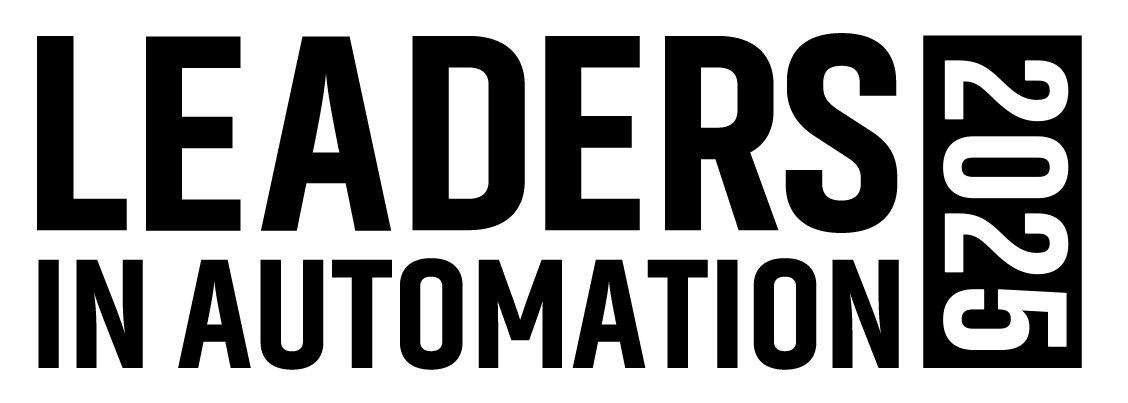Following discussions with 200 to 300 manufacturers during the past year, Microsoft Corp. has identified six powerful trends that it believes will impact the industry for the next three to five years, according to Charles Johnson, managing director for manufacturing industry solutions at the Redmond, Wash.-based software provider.
These trends, as well as a redefined vision for Microsoft’s role in manufacturing, were laid out as part of the annual Microsoft Worldwide Partner Conference July 7-10 in Houston. More than 7,000 were expected to attend the event. Johnson spoke with Automation World prior to the Partner Conference.
Six trends
The first of the six major trends involves emerging economies, and the need for manufacturers to deliver on a global scale, but to execute locally—with products and services in each region developed to meet local tastes and cultures. “Manufacturers are realizing that one size does not fit all,” Johnson said. The second trend is centered around “digital convergence,” and a need for manufacturing organizations to provide employees with access to business information any time at any place, and on any device.
Another trend involves the growing power of consumers. “In the new business model, consumers are becoming active participants, vs. passive recipients of goods and services,” Johnson noted. Additional trends include sustainability and the rising impact of the environment—which affects product development—as well as the influence of complex regulations. Boston-based AMR Research Inc. has estimated that $80 billion will be spent by businesses on regulatory compliance programs during the next five years, Johnson pointed out.
The sixth trend involves changing demographics. In industry segments including oil and gas, utilities, and automotive, “the IP (intellectual property) of the organization many time sits in the minds of people who are about to retire in the next five or six years,” Johnson noted. Manufacturers are also being impacted by the rise of “the Gen X workforce,” he said, who grew up with technology, and want to see the same technology in the workplace as they have in their homes.
Vision enablers
Microsoft, together with its partners, intends to provide the tools and capabilities needed by manufacturers to successfully navigate these trends, Johnson indicated. The new Microsoft vision for manufacturing centers around “empowering excellence across core business processes,” he said. Enablers include role-based productivity, integration of the company’s Office suite of applications with business processes, and Software Plus Services, Johnson noted, which involves a combination of on-premise software, partner-hosted software and Microsoft-hosted software.
At the Houston event, said Johnson, “partners like Invensys, Aspentech, Siemens and others are going to demonstrate how they’re leveraging Office business applications to improve not only the visibility of the plants to the rest of the enterprise, but also to improve productivity within plant operations, using our technologies, especially PerformancePoint.”
Supply chain visibility and flexible supply chain management will also be addressed. “We’re going to demonstrate how PerformancePoint, as well as our collaboration technology supports that, and we’re going to introduce partners who are leveraging that technology,” Johnson noted.
Cloud computing
The Software Plus Services approach will have a role to play in areas including product design and innovation management networks, Johnson said. “Imagine leveraging cloud computing to support design collaboration with the thousands of suppliers that an automotive OEM (original equipment manufacturer) or a high-tech box manufacturer would need to basically collaborate in real time.”
Microsoft’s manufacturing and resources sector, headed by Johnson, is one of various Microsoft industry sectors that have redefined their visions for the future role of Microsoft products. The others are financial services; distribution and services (which includes retail, hospitality and consumer goods); the public sector; and communications. “Each of them has a unique point of view and positioning of technologies that they believe their customers care about,” Johnson explained.
Microsoft Corp.
www.microsoft.com
About the Author
Wes Iversen
Managing Editor

Leaders relevant to this article: